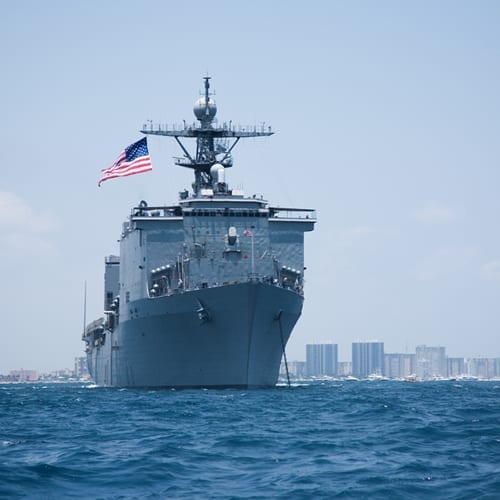This blog has previously chronicled the efforts to recover a lost Confederate warship off the Georgia coast. CNN recently offered a closer look at the methods Navy salvage professionals plan to use to recover the remains. The dark waters and nearby commercial traffic make maneuvering safely a high priority, and a difficult one. Divers are meeting the challenge by using proper communications and preparations before and during the diving process.
The source notes the inherent danger of this specific work, as the unit dedicated to this particular mission witnessed two fatalities during training just two years ago. These are some of the techniques the divers are using to maximize effectiveness while minimizing risk:
- Monitoring: As the article states, divers working on the wreck underwater are monitored on the scene. "We are listening to the tone of their voice … the words they are saying," said the Navy's Chief Warrant Officer 3 Jason Potts. "We are listening to their opinions, we are listening to the factual information. We are listening to every single word they say and every breath they take to make sure they are safe on the bottom."
- Object checks: Communication extends to the process for finding and verifying objects on the Savannah Riverbed where the Georgia rests. Divers speak to archeologists about the objects they've found and relay them to the surface using a basket.
- Sonar: While it's far from the only tool the crew is using, sonar equipment helps keep track of where the divers are during operations and has also been used to map the wreck and divide it into workable sections.
With all of the different tasks that can factor into a single salvage mission, companies that offer insurance for divers can help operators easily find the coverage necessary for all crew and equipment.

